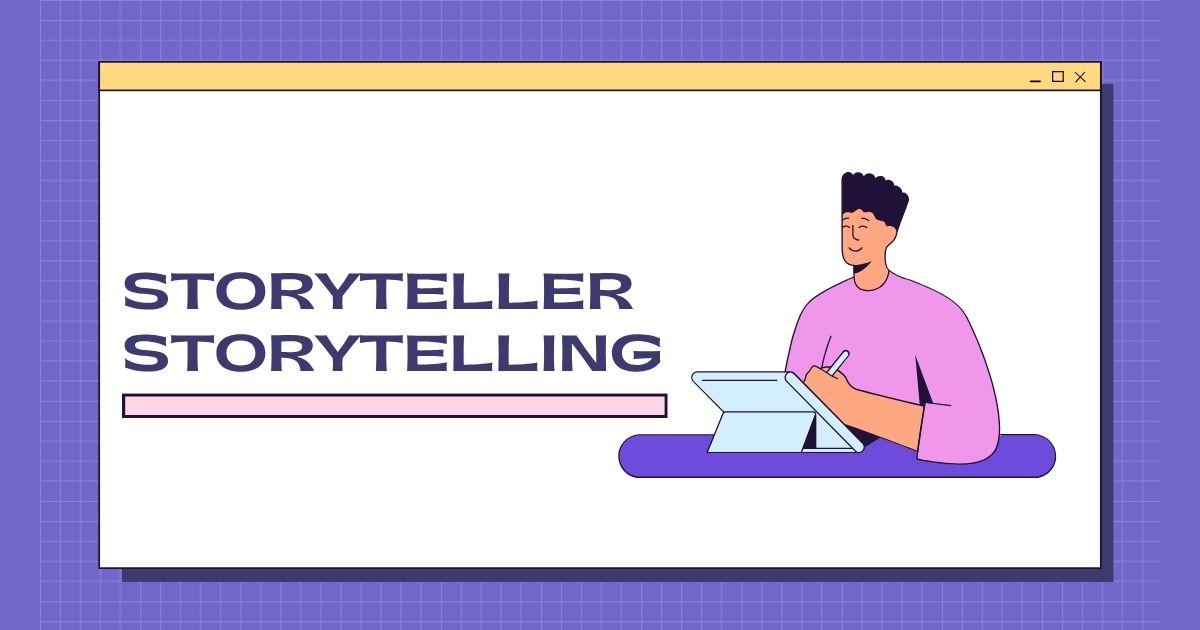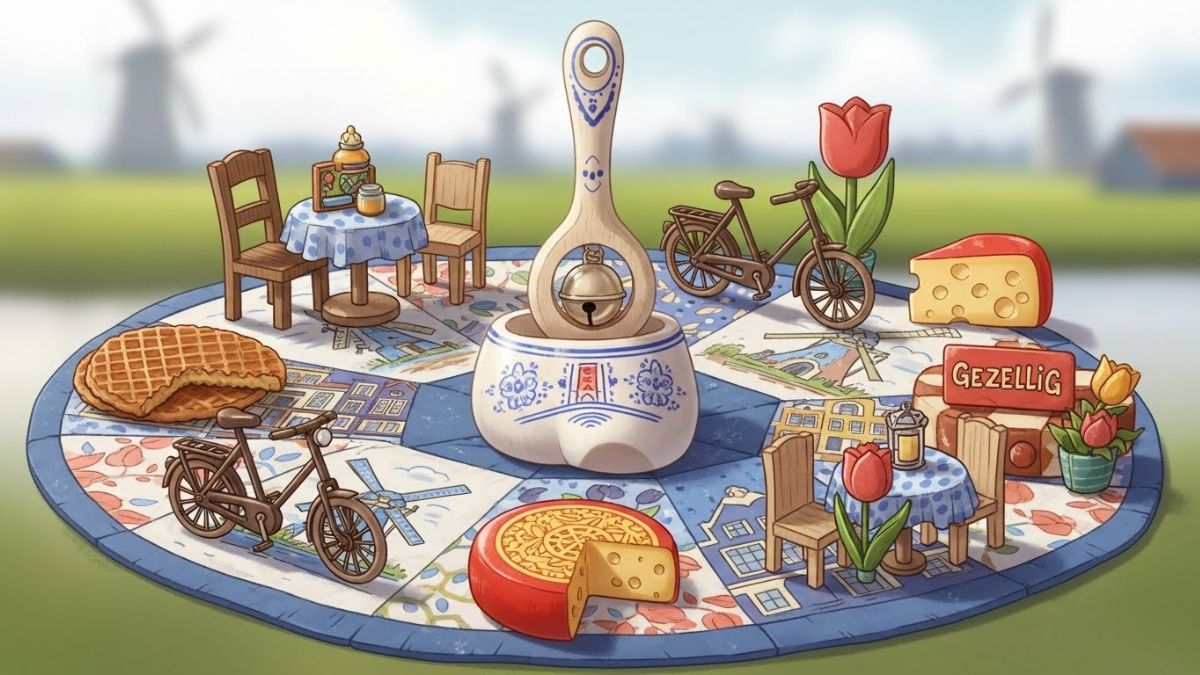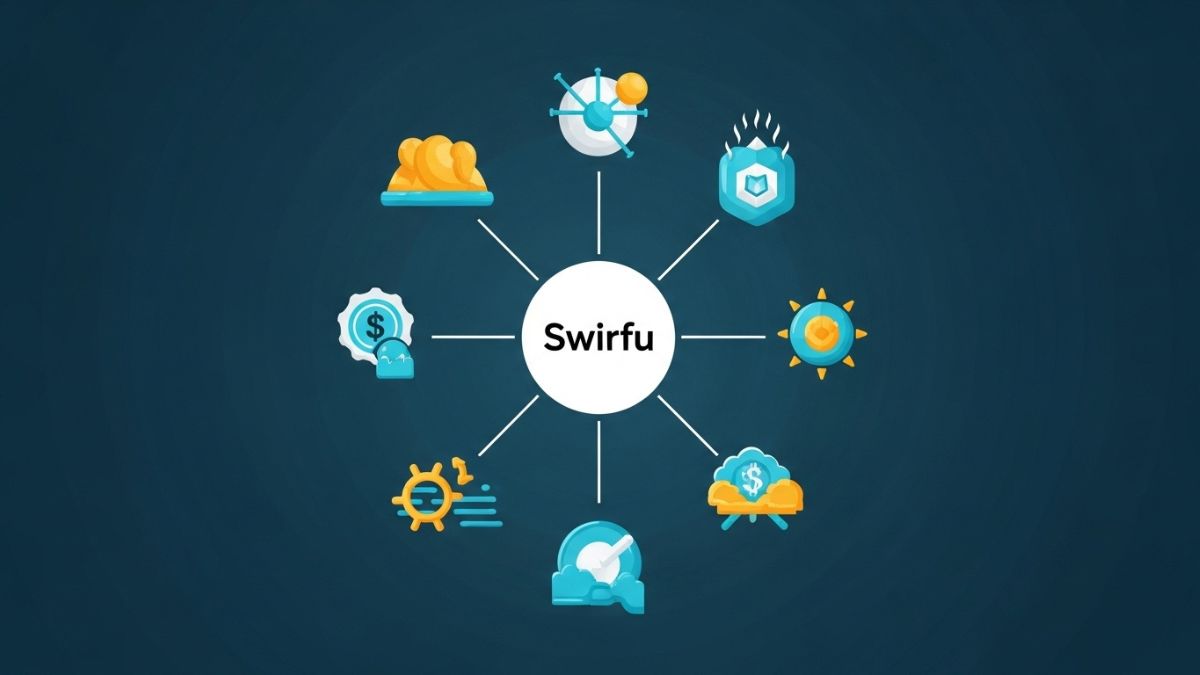Storytelling isn’t just about fairy tales and fables—it’s the ancient, powerful human tool for sharing knowledge, evoking emotions, and creating connection. The storyteller holds the key to shaping thoughts, igniting imagination, and leaving lasting impressions. Whether it’s around a campfire, on a theater stage, or through a podcast mic, storytelling is the thread that weaves people together. This art has survived centuries and continues to evolve, shaping the way we learn, interact, and influence one another.
The Origins of Storytelling
Storytelling dates back to cave paintings and oral traditions. Before written language, humans relied on verbal tales to communicate lessons, values, and cultural knowledge. Stories were passed from one generation to the next, helping tribes survive and thrive by understanding their environment and history. These stories were often rhythmic, metaphorical, and filled with symbolic meaning, making them easy to remember and retell.
The Role of the Storyteller
A storyteller isn’t just someone who tells stories—they’re interpreters of life, emotion, and imagination. They breathe life into events, whether real or fictional. A skilled storyteller engages the audience, sets the scene, creates relatable characters, and crafts a narrative arc that holds attention. It’s their energy, voice modulation, and expressions that transform simple words into unforgettable experiences.
Why Storytelling Still Matters Today
Even in a world ruled by technology, storytelling remains vital. Whether you’re a teacher, marketer, entrepreneur, or leader, storytelling enhances your ability to connect with others. People don’t just remember data—they remember stories. A good story can influence decisions, spark action, and build empathy. It’s how brands sell products, politicians inspire voters, and parents teach values.
Storytelling in Modern Media
From books and blogs to YouTube and TikTok, storytelling has taken new forms. Visual storytelling through films and videos blends imagery, music, and words to deepen emotional impact. Social media has turned everyday users into micro-storytellers, sharing snippets of their lives that resonate with thousands. Podcasts and audiobooks offer another revival of oral storytelling, making stories portable and deeply personal.
The Psychology Behind Storytelling
Humans are wired for stories. Neuroscience shows that stories activate more brain regions than raw facts. When we hear a compelling narrative, our brain releases dopamine, making the experience enjoyable and memorable. The structure of a story—with its beginning, conflict, and resolution—mirrors how we process life. It’s no wonder we crave stories from infancy to old age.
Components of a Great Story
Every great story has essential elements: a strong beginning, relatable characters, conflict, and resolution. The beginning hooks the audience. Characters build connection. Conflict creates tension. Resolution delivers satisfaction. These ingredients, when blended with emotion and purpose, create a memorable narrative that sticks with the audience.
The Power of Personal Stories
Personal stories add authenticity and vulnerability. They’re relatable and disarmingly honest. When someone shares their real-life struggles, triumphs, or lessons, it draws listeners in. These stories often carry moral or emotional weight that abstract information can’t replicate. They remind us we’re not alone in our experiences.
Storytelling in Business and Branding
Businesses have learned that storytelling is more persuasive than statistics. Brands that tell compelling stories build trust, loyalty, and emotional attachment. Apple doesn’t just sell phones—it tells stories of creativity and innovation. Nike’s campaigns tell stories of perseverance and ambition. A story makes a brand human and memorable.
Educational Storytelling
In education, storytelling is a game changer. Teachers who use stories create deeper engagement and retention. Whether teaching history through the lives of individuals or explaining science with real-world narratives, storytelling makes complex information accessible and enjoyable. It sparks curiosity and encourages critical thinking.
Cultural Significance of Storytelling
Storytelling carries cultural heritage. Myths, legends, and folk tales reflect the values, beliefs, and struggles of a society. They preserve traditions, teach customs, and offer a lens into collective identity. Different cultures have distinct storytelling styles, whether through music, dance, or oral performance, yet they all serve the same purpose—connection.
The Digital Age of Storytelling
The digital world has not diminished storytelling—it’s amplified it. With tools like blogs, vlogs, reels, and interactive fiction, storytellers now have more avenues than ever. Technology allows stories to reach global audiences, be translated instantly, and evolve in real time. Interactive storytelling, such as in video games or augmented reality, offers immersive experiences that engage like never before.
Common Mistakes in Storytelling
Even the best intentions can fall flat without the right delivery. Common mistakes include overcomplicating the plot, neglecting character development, and failing to connect emotionally. Telling instead of showing, using clichés, or skipping structure can dilute impact. The storyteller must always keep the audience’s perspective in mind and avoid overwhelming them with unnecessary detail.
How to Improve as a Storyteller
Improving as a storyteller means practicing consistently. Read widely, listen to great speakers, and watch masterful performances. Study the techniques of authors, comedians, and filmmakers. Record yourself telling stories and review your tone, pace, and clarity. Ask for feedback and rewrite often. The goal is not perfection, but connection.
Storytelling Across Cultures
Storytelling transcends borders. While the themes may differ—honor in Japan, humor in Nigeria, resilience in Indigenous tales—the core purpose remains the same. Respecting cultural nuances and understanding narrative forms around the world enhances empathy and cross-cultural understanding. It opens windows into lives far different from our own yet universally human.
Future of Storytelling
As artificial intelligence, virtual reality, and augmented storytelling rise, the future looks bright—and complicated. AI can write stories, but the human touch still matters. Emotion, experience, and imperfection make stories powerful. While technology will continue to enhance storytelling, the core will always be the same: connection, emotion, and meaning.
Conclusion
Storyteller storytelling isn’t a profession—it’s a human instinct. From prehistoric caves to digital screens, we’ve always relied on stories to make sense of our world. Whether you’re narrating a personal journey, delivering a brand message, or teaching a life lesson, storytelling is the bridge between you and your audience. The art lies not in having a story but in knowing how to tell it so others feel, remember, and act. In a world drowning in information, a good story is still the most powerful form of communication.
FAQs
What makes someone a good storyteller?
A good storyteller connects emotionally, paints vivid scenes, uses authentic voice, and adapts to their audience. It’s about clarity, pacing, and empathy.
Can anyone learn storytelling?
Yes! Storytelling is a skill. With practice, feedback, and study, anyone can become an effective storyteller.
Why are stories more effective than facts?
Stories trigger emotional and neurological responses, making them easier to remember and relate to than plain facts or data.
How is storytelling used in marketing?
Brands use storytelling to build identity, trust, and emotional engagement, which helps influence buying decisions and customer loyalty.











